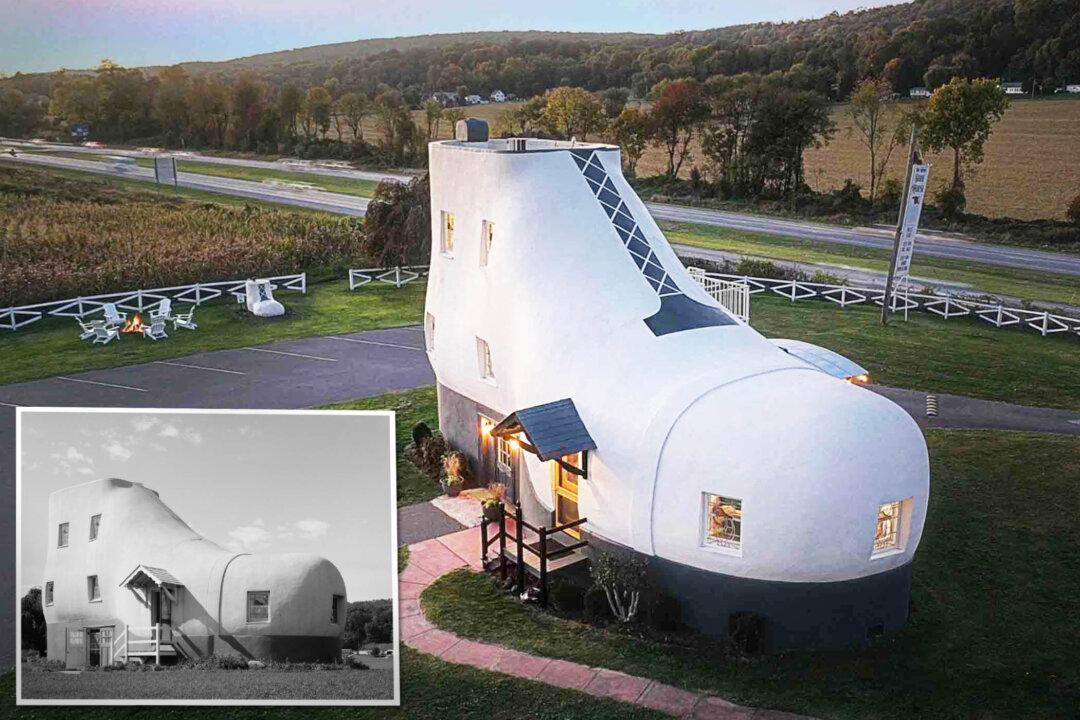Shoe salesman Mahlon Haines apparently owes his success in the footwear business to a series of shrewd marketing moves.
One, his shameless, self-promoting tenacity led to his running in an election for congress. Though he lost the election, he admitted it was great publicity for his business.






